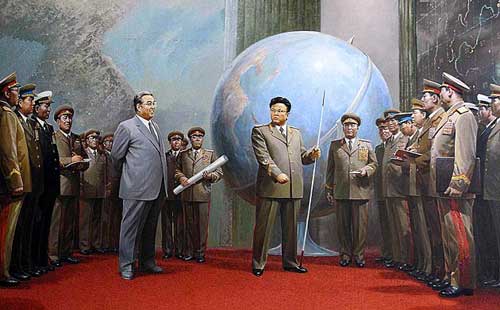The photographic exhibition of Jacques Henri Lartigue (1894 – 1986) can be seen in Caixa Forum in Madrid until the 19th of June. Perhaps the most impacting impression people have when visiting the exhibition is the facial expression of the other visitors as they move in slow motion through the different rooms, which seem to have been designed to stop time.

Until 1963, Lartigue’s photographic works were completely anonymous, but after the success of his exhibition in the Museum of Modern Art in New York, his works started to receive their deserved recognition. From that very moment, his prestige has not stopped growing. That can be explained by the facial expressions we referred to in the first paragraph, since all of them show in different but unequivocal ways the invincible power of suggestion of some snapshots that he began to take when he was eight years old. These snapshots were taken almost daily, and they were accompanied by several brief texts, with the firm intention of facing the fleetingness and expiration of things.
One of the most important concepts in Japanese aesthetics called mono no aware. We can approach its definition by saying that it alludes to a deep feeling of empathy towards the perishable beauty of things. That aspect is reflected in Lartigue’s photographs, who was able to photograph as nobody else did, the daily life of the Belle Epoque world –which by the way, was not separated from a certain obsession with the orientalism in general and particularly with the Japanese art–as well as the interwar period. As a document of a whole generation that felt constantly surrounded by the most wonderful and revolutionary technological inventions that changed forever our perception of space and time, absolutely modern, its images are incomparable. The mark that they leave in the spectators is incomparable, since he feels he is living one hundred years after them, he is undeniably modern, but he is able to reflect it on the vanity of all things that runs at the same speed as planes or cars do, which are often the protagonists of the snapshots. Or maybe things go more slowly, as the ladies who show their outfits and elegance as they stroll by the Bois de Boulogne in some other snapshots, but in spite of that, that is as fleeting as anything else in life.
Perhaps because of that, some of the most moving photographs of this particular artist are the portraits of the peculiar explorers of the abyss. By explorers of the abyss we refer to the terminology used by Vila-Matas (precisely, some of the covers of his books, perhaps not coincidentally, adorn Lartigue’s photographs). Those explorers, wearing glasses, earflaps and hiker clothes, get ready to start a journey in their gleaming new vehicles. In fact, they seem to be beings from another planet and from another time, which have gone on a strange trip to our eyes, which are shuddered with vertigo.
For more information, visit: http://obrasocial.lacaixa.es/nuestroscentros/caixaforummadrid/caixaforummadrid_es.html
 Paul Oilzum
Paul Oilzum
On several occasions, it has been stated that the daily reality of things seems to have a floating quality in Lartigue’s photographs. Let yourself be mesmerized by it when you rent apartments in Madrid

 English
English Translated by: Hans
Translated by: Hans


